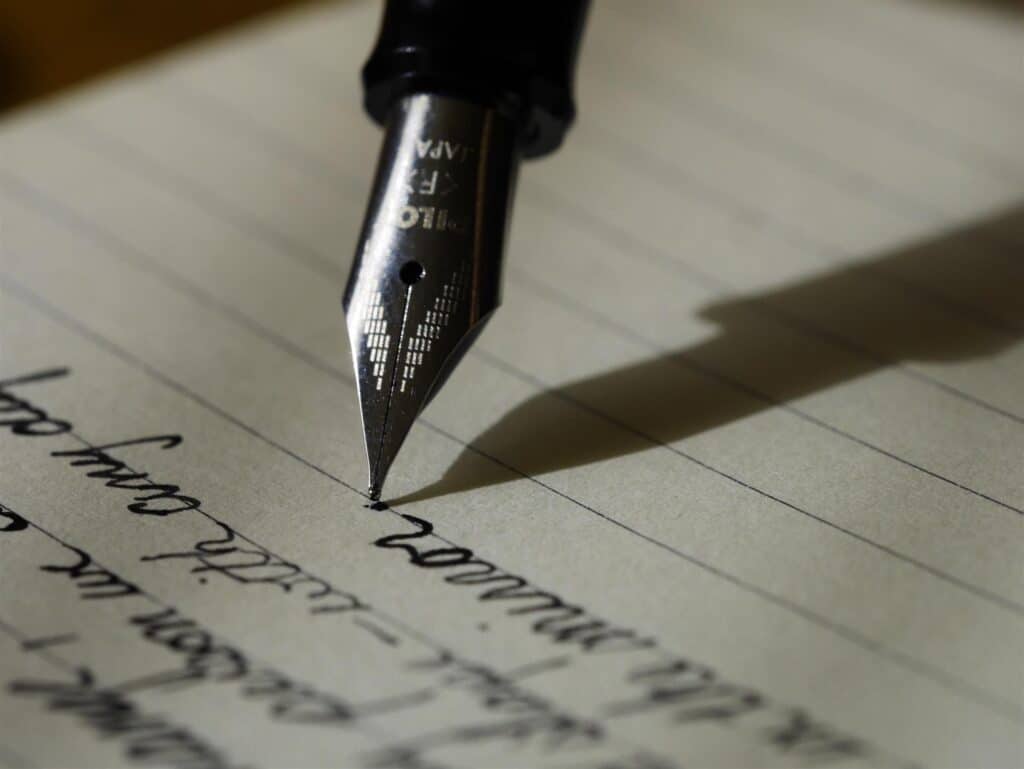Case Studies
The following are examples of what a good legal firm, focusing on Wills & Estates, does on a a regular basis. The examples listed are based on real cases where we have changed names and some of the details to maintain anonymity.
They are provided to emphasise why you should have a Will, why the original of your Will should be kept by a lawyer and why the beneficiaries should know where the original of your will is kept.
Notes: An estate can be challenged in QLD whether or not there is a will. Under Queensland law a child, a spouse or a spouse’s children (step/adopted) have legal grounds to challenge an estate.
Notes:
- Prepare your will with a lawyer.
- Leave the will at the lawyer’s offices for safe keeping.
- If a will is lost or can’t be found, then the lawyer who prepared that will can draw up an affidavit to explain to the Court to accept the copy (in certain circumstances).
Case Study 1 – Old, Damaged Will
 Ex-navy veteran ‘David’ owned an old will that was issued when he was employed by the Royal Australian Navy. When he died, his son knew of the will and took it to probate. Unfortunately, the will was over 30 years old and had been marked over the years with staple holes, pen marks and random scribbles.
Ex-navy veteran ‘David’ owned an old will that was issued when he was employed by the Royal Australian Navy. When he died, his son knew of the will and took it to probate. Unfortunately, the will was over 30 years old and had been marked over the years with staple holes, pen marks and random scribbles.
George Lawyers acted on behalf of David’s son by becoming administrators in the esate. We submitted and an affidavit to the Court explaining the markings on the will. The will was then successfully taken to probate as per David’s original wishes.
To ensure your wishes are executed, a valid will should be kept safe from damage. The easiest way of doing this is to let a lawyer keep the will and let the major beneficiaries know where the will is kept.
Case Study 2 – Disappointed Beneficiary Challenge
 ‘Celia’ died with an estate worth more than $400k. She had a daughter living in Australia and a son living overseas, both of whom she had very little contact with. The son had always said he did not want any money from his mother. Celia’s daughter was wealthy with assets worth more than $1M, she owned several properties and had a good job and superannuation. She was estranged from her mother and after having a terrible relationship through the years, the mother felt that her daughter had abandoned her and therefore purposely decided to only leave her $5K in her will. Celia had more contact with her daughter’s ex-husband who continued to help maintain Celia’s garden over the years and look after her so she made him the executor of her will and his new wife as alternative executor.
‘Celia’ died with an estate worth more than $400k. She had a daughter living in Australia and a son living overseas, both of whom she had very little contact with. The son had always said he did not want any money from his mother. Celia’s daughter was wealthy with assets worth more than $1M, she owned several properties and had a good job and superannuation. She was estranged from her mother and after having a terrible relationship through the years, the mother felt that her daughter had abandoned her and therefore purposely decided to only leave her $5K in her will. Celia had more contact with her daughter’s ex-husband who continued to help maintain Celia’s garden over the years and look after her so she made him the executor of her will and his new wife as alternative executor.
When Celia died, her daughter assumed she was executor of her will. When informed otherwise and discovering she had only been left $5K from Celia’s estate, she hired a lawyer to challenge the will. We represented Celia’s executor and compelled her daughter (known as a ‘disappointed beneficiary’) to complete financial statements to prove what she was worth and why she needed Celia’s money. To successfully challenge an estate, one of the requirements is that the person challenging the estate has a financial need. Celia’s daughter was unable to do this as she was wealthy in her own right.
George Lawyers was able to show that Celia’s daughter did not have financial need. The matter was settled shortly thereafter in favour of the estate.
Case Study 3 – Destroyed Will (but there is a copy)

Margaret was diligent in making a will. She had instructed a community legal centre to draw up her will on each of these occasions. However, this particular community legal centre did not retain original wills and would at the end of the matter hand the original to the will maker (in this case Margaret). She had revised her will at least 3 times in her lifetime. Each time she drew a new will, she made a copy for herself and sent the original to her brother in Victoria for safekeeping. On the last occasion she mistakenly sent a copy to her brother and accidentally destroyed her most recent original.
Margaret was part of a blended family, some of whom were nasty and violent to her. She left all her estate to her son and daughter and specifically excluded the others.
After she died, Margaret’s brother presented what he thought was the original will to us but we could identify straight away that it was a good, colour copy.
We acted on behalf of Margaret’s brother (her executor) who had to prove to the Court that Margaret did not die without a valid will (intestate). We explained that Margaret’s previous will was very similar to the more recent copy and could still be used for probate. It took us 18 months and multiple affidavits, but we were able to prove to the Court it had been a mistake by Margaret to send the copy to the brother and the destruction of the original was not intended by Margaret.

